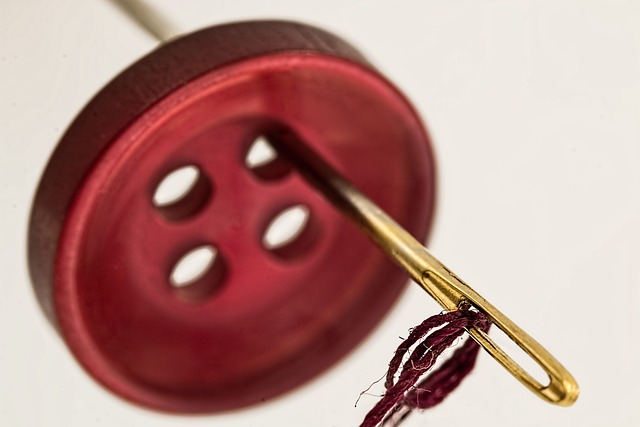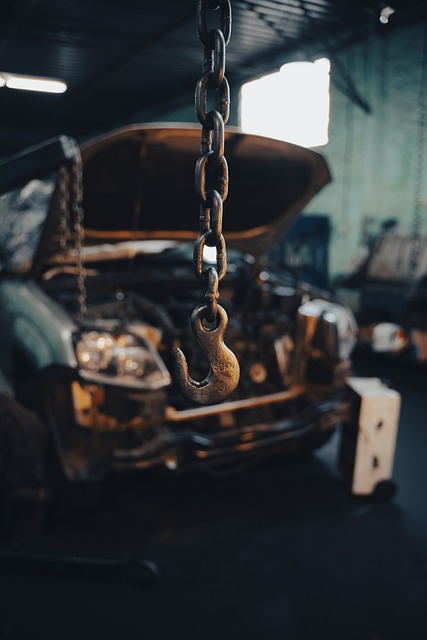Matte finish repair involves understanding diverse levels of fading, damage, or peeling caused by weather, application issues, or accidents. Beginners should identify problem areas, use suitable tools and products (dent puller, putty knives, professional-grade paint & primer, sandpaper, detailing brush), clean, sand, prime, paint in thin layers, and finish with clear sealant for a professional repair.
New to matte finish repair? This comprehensive guide breaks down everything you need to know for a flawless result. We’ll explore the various types of matte finishes and common issues, equip you with essential tools and materials, then walk you through a step-by-step process to achieve professional-level repairs. Master the art of matte finish restoration and transform your surfaces today!
- Understanding Matte Finish: Types and Common Issues
- Essential Tools and Materials for Repair
- Step-by-Step Guide to Achieving a Flawless Matte Finish
Understanding Matte Finish: Types and Common Issues

Matte finish is a popular choice for those seeking a sleek, non-reflective surface on their cars. However, understanding its diverse types and common issues is key to successful matte finish repair. There are various levels of matte, from slightly satin to completely non-reflective, each requiring specific care and repair techniques.
While an auto detailing pro might approach repairs differently, beginners should focus on identifying the problem areas—whether it’s faded color, chip damage, or peeling. Common issues in auto frame repair involving matte finishes often stem from exposure to harsh weather conditions, improper application during initial painting, or accidental damage. Frame straightening techniques might be necessary for more severe cases, but minor repairs can often be achieved with the right tools and products designed specifically for matte finish repair.
Essential Tools and Materials for Repair

To tackle a matte finish repair successfully, beginners should arm themselves with a few essential tools and materials. This includes a high-quality dent puller, which is perfect for removing dents and dings from the surface without leaving traces of damage or altering the original finish. A set of various-sized putty knives is also crucial for filling in any gaps or imperfections left by the dent puller. For an even application, a professional-grade matte paint and its corresponding primer are indispensable.
Don’t forget to grab some sandpaper with different grit levels—coarse for initial shaping and finer grades for smoothing out the repairs. A detailed detailing brush will help with cleaning and blending, ensuring your repair blends seamlessly with the rest of the car’s body, just like top-notch car bodywork services. Lastly, a clean cloth or sponge and a clear coat applicator are essential for final polishing and protection, making your matte finish repair look as good as new, much like auto dent repair or car damage repair done by professionals.
Step-by-Step Guide to Achieving a Flawless Matte Finish

Achieving a flawless matte finish requires precision and patience, especially for beginners. Start by preparing your workspace and gathering all necessary tools and materials, including sandpaper, primer, paint, and a clean microfiber cloth. Begin with a thorough cleaning of the damaged area using mild soap and water to remove any grease or debris. Once dry, lightly sand the surface with fine-grit sandpaper to create a smooth texture, ensuring no jagged edges remain.
Next, apply an even coat of primer designed for matte finishes, allowing it to dry completely. This step is crucial as it provides a clean canvas for your paint. After priming, use high-quality auto body paint in the desired matte shade, applying thin, controlled layers. Between each layer, allow ample time for drying to prevent mistakes. Finally, finish with a protective coat of clear sealant to enhance durability and protect the matte finish from fading or scratching, utilizing your microfiber cloth for a streak-free application.
Whether you’re a beginner or looking to refresh your skills, this guide has equipped you with the knowledge and step-by-step instructions for achieving a flawless matte finish. By understanding different types of matte finishes and common issues, along with the right tools and techniques, you can now confidently tackle repairs and maintain a vibrant, chip-resistant surface. With practice, you’ll master the art of matte finish repair, ensuring your surfaces look as good as new.














